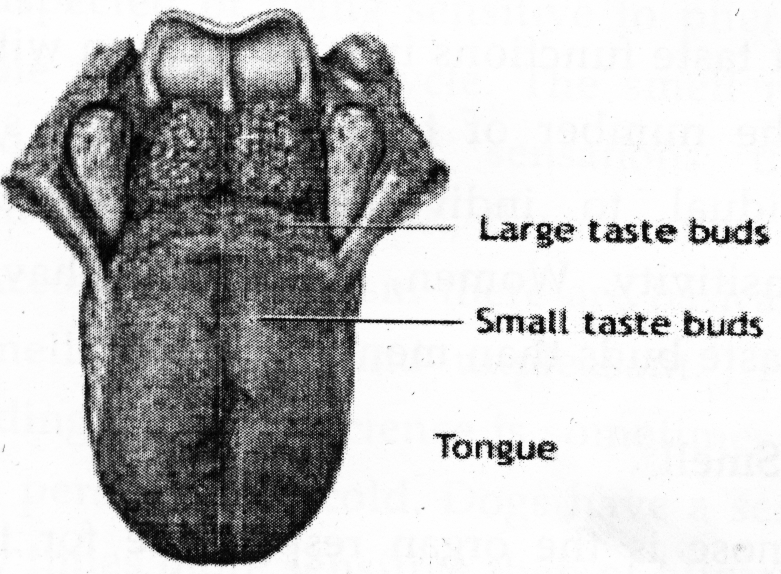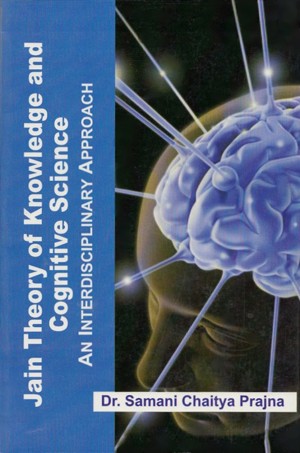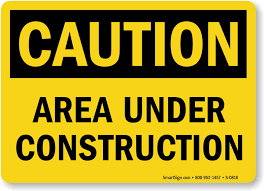Fig No.2.7 Structure of a Tongue

Taste
The receptors for taste called taste buds are situated chiefly in the tongue and are nearly 10,000 in number,[39] but they are also located in the roof of the mouth and near the pharynx. The external shape and structure of the tongue is called as its organic structure (nivṛtti) whereas the ability of the taste buds to detect the taste is termed as its material efficiency (upakaraṇa). They are able to detect four basic tastes: salty, sweet, bitter, and sour. According to Jain texts there are five basic tastes that tongue can taste, they are bitter acrid, astringent, sour and sweet.1 As per Science, Generally, the taste buds close to the tip of the tongue are sensitive to sweet tastes, whereas those in the back of the tongue are sensitive to bitter tastes. The taste buds on top and on the side of the tongue are sensitive to salty and sour tastes. At the base of each taste bud there is a nerve that sends the sensations to the brain. The sense of taste functions in coordination with the sense of smell. The number of taste buds varies substantially from individual to individual, but greater numbers increase sensitivity. Women, in general, have a greater number of taste buds than men.[40]
 Samani Chaitya Pragya
Samani Chaitya Pragya

